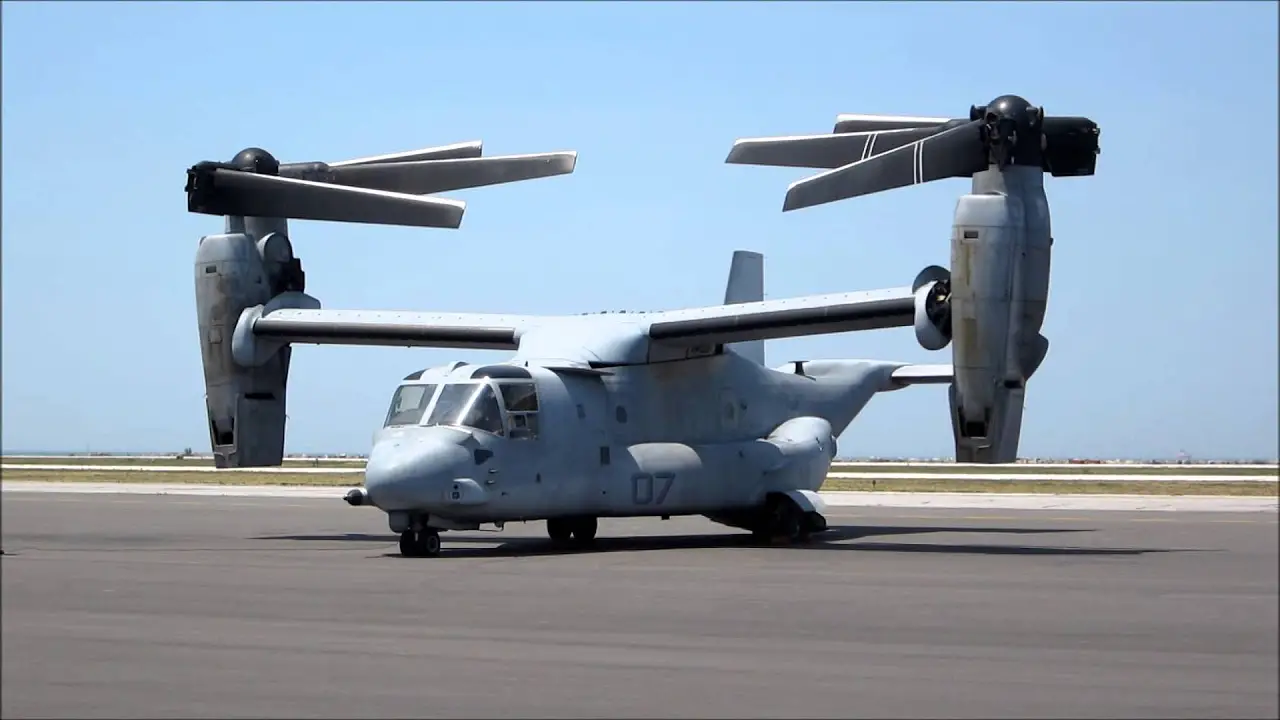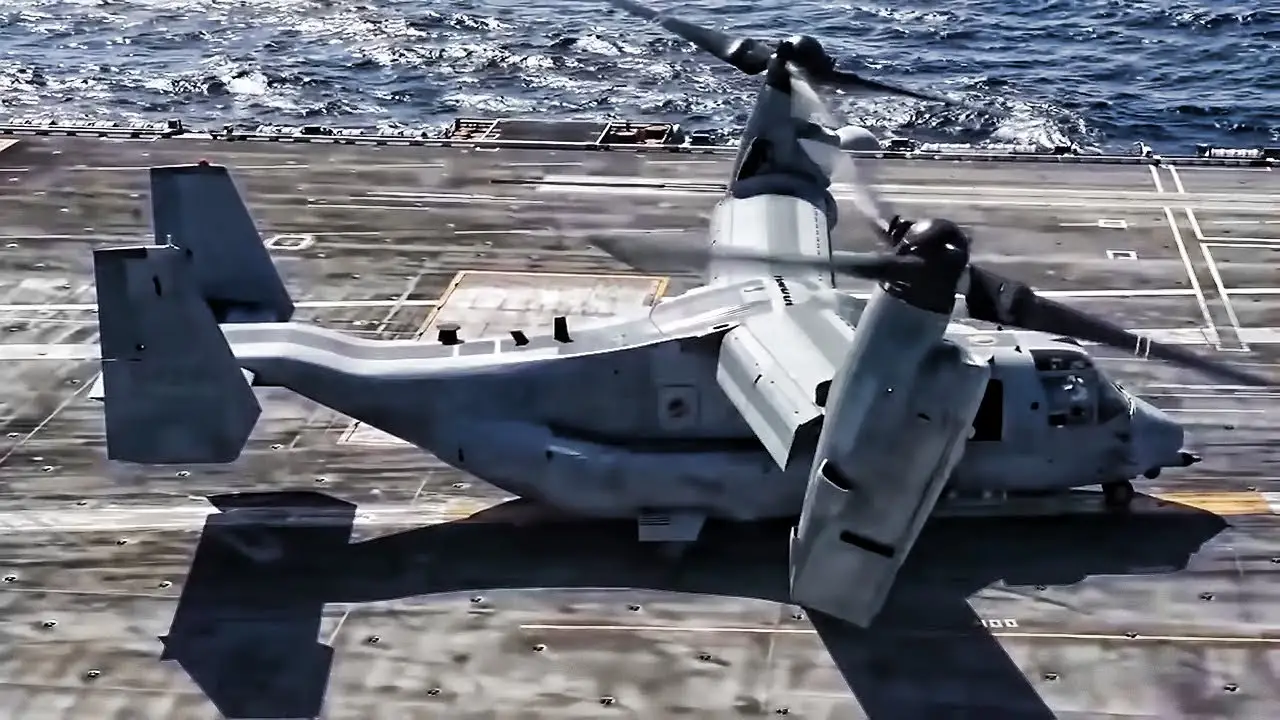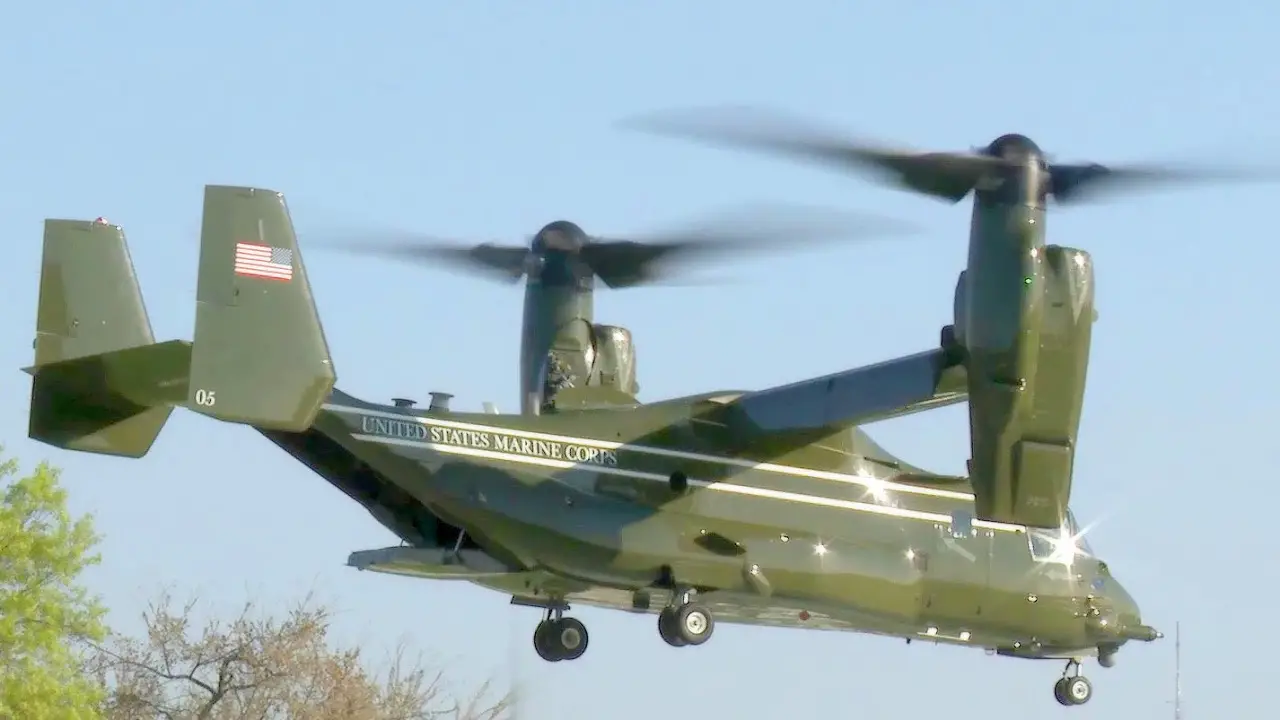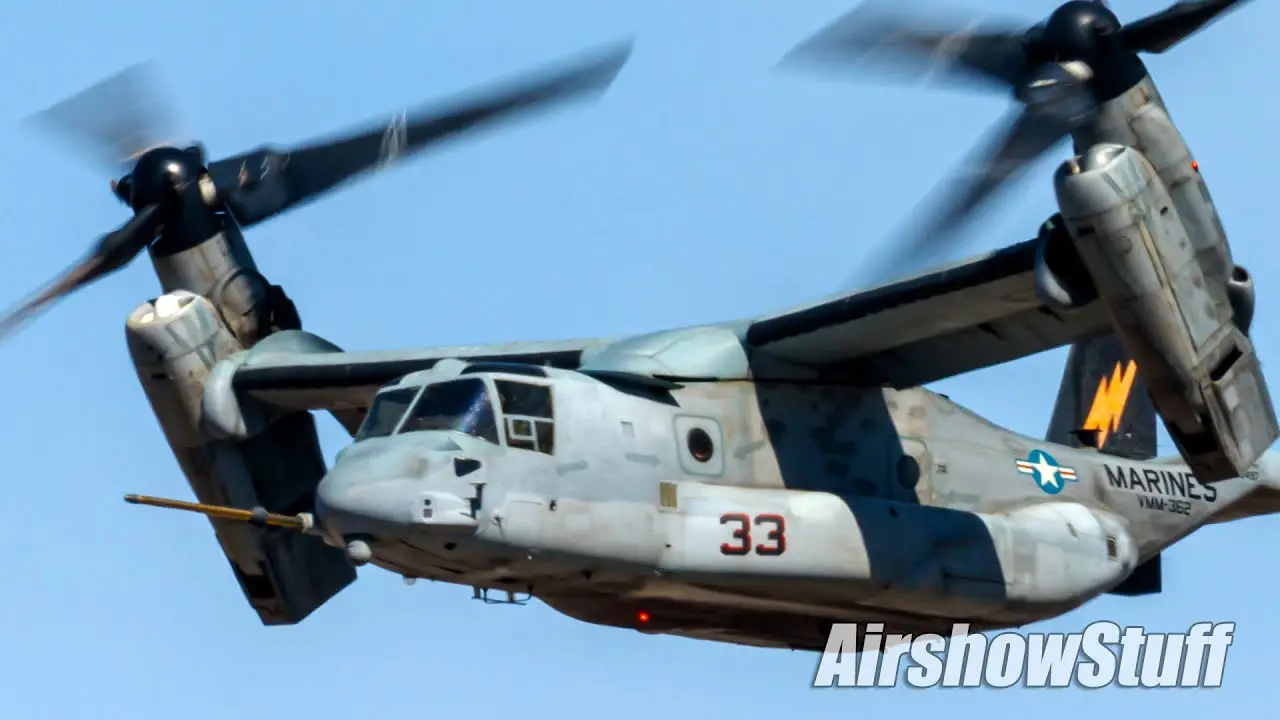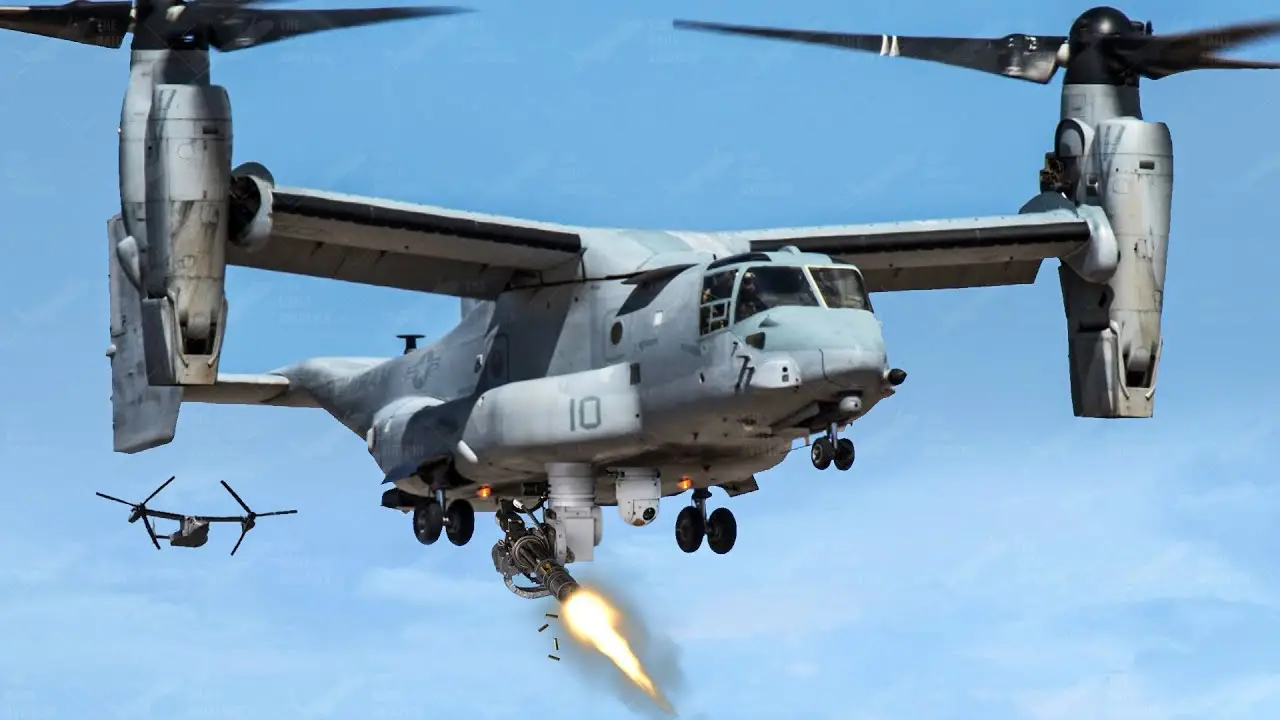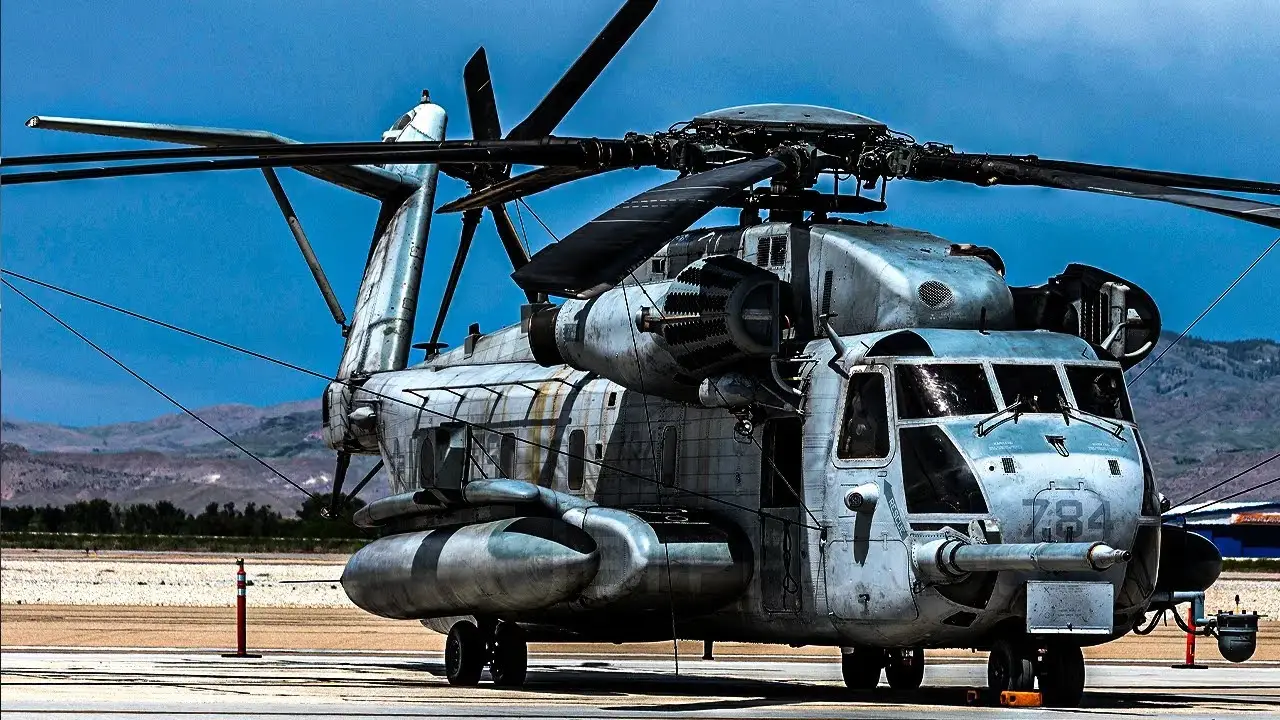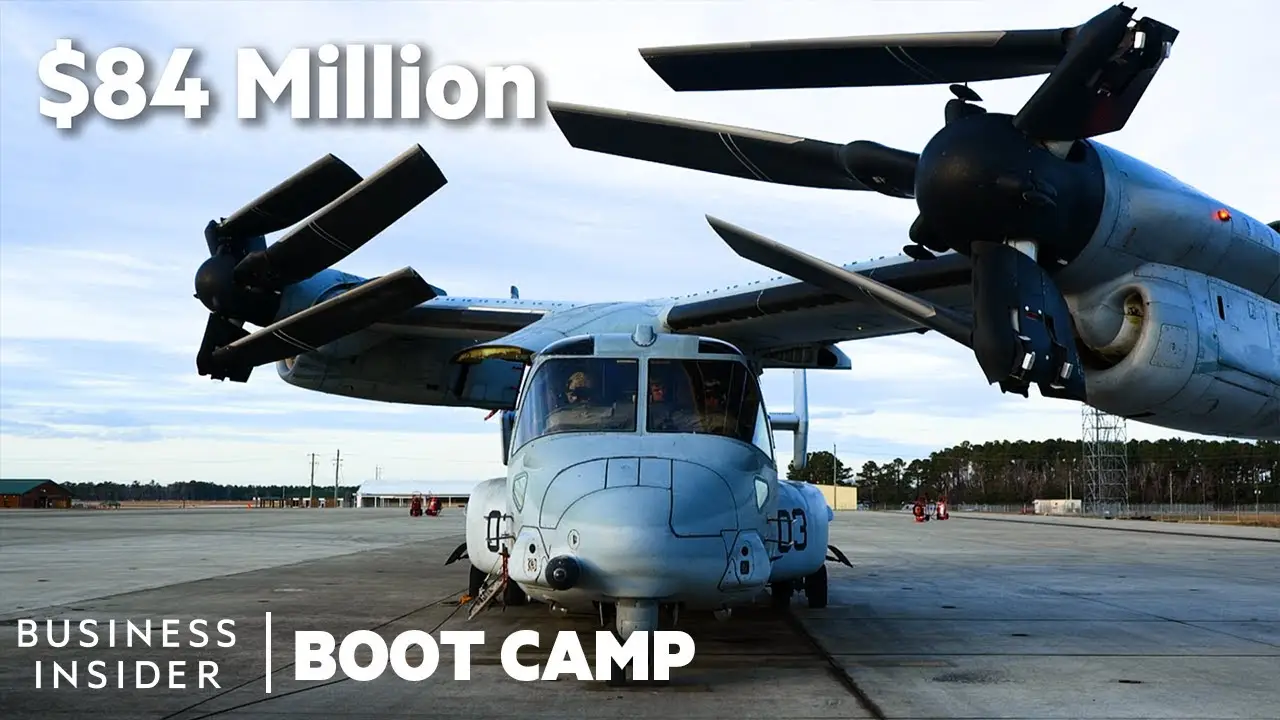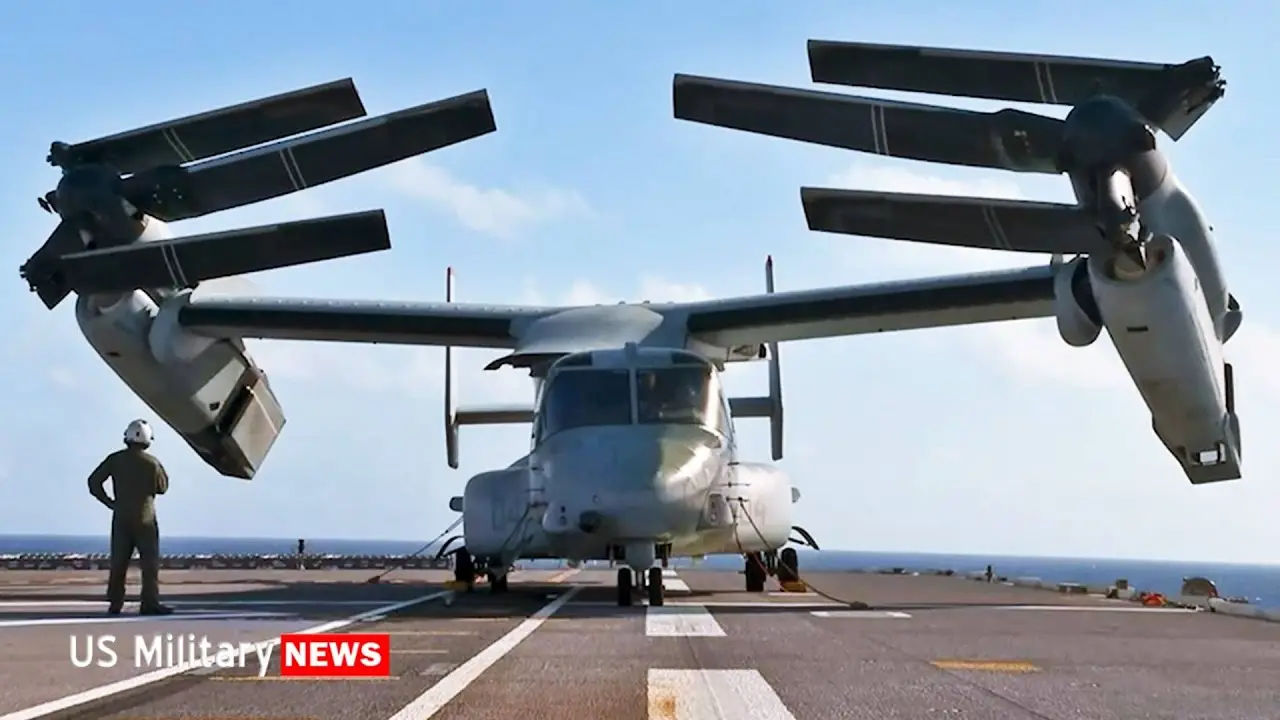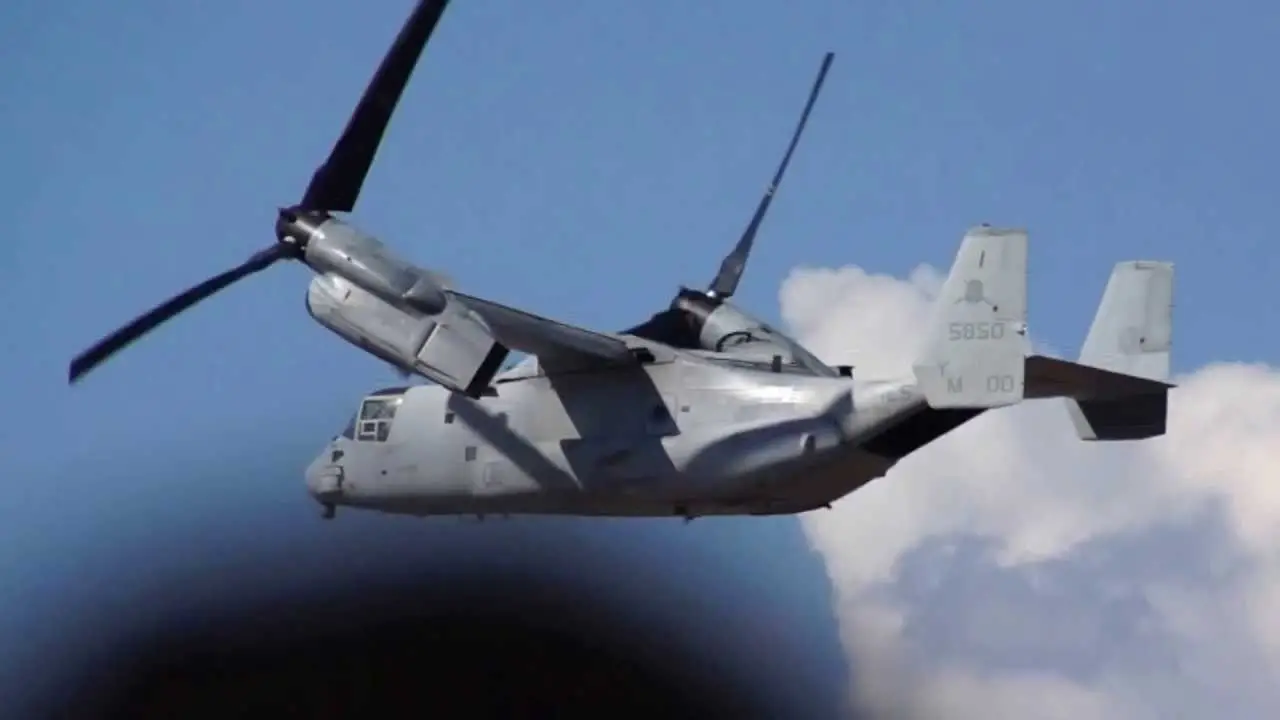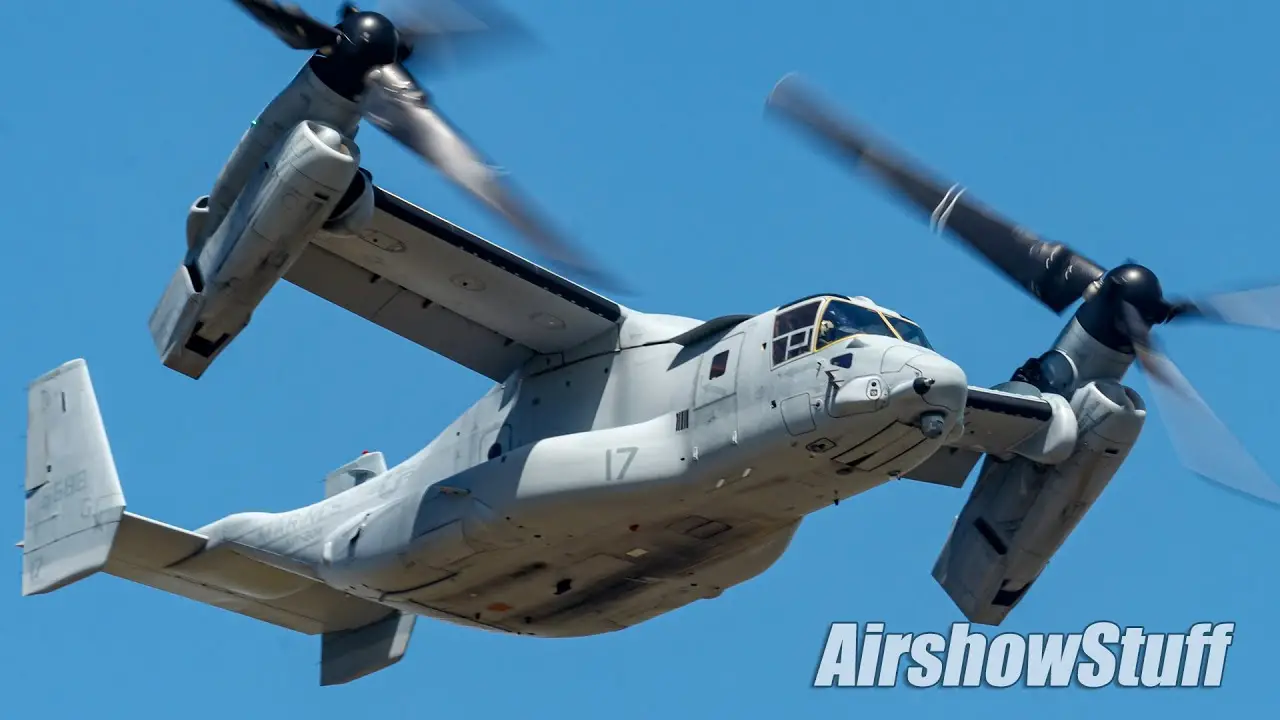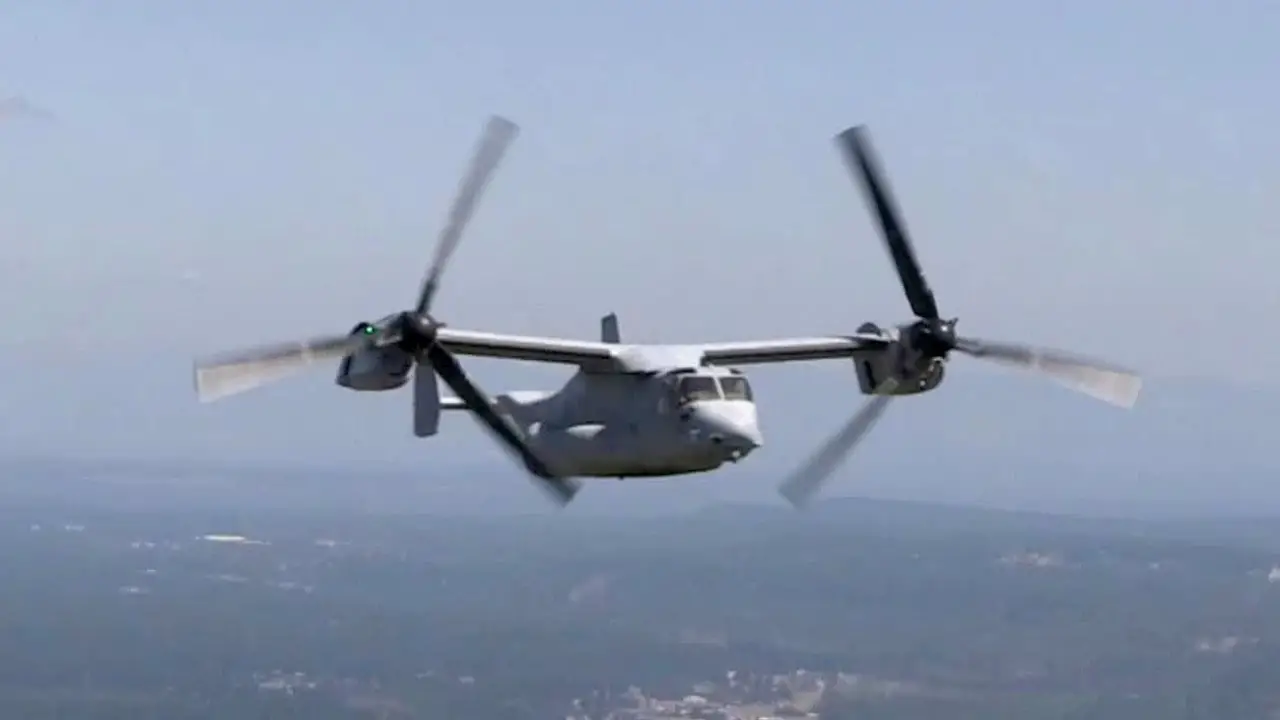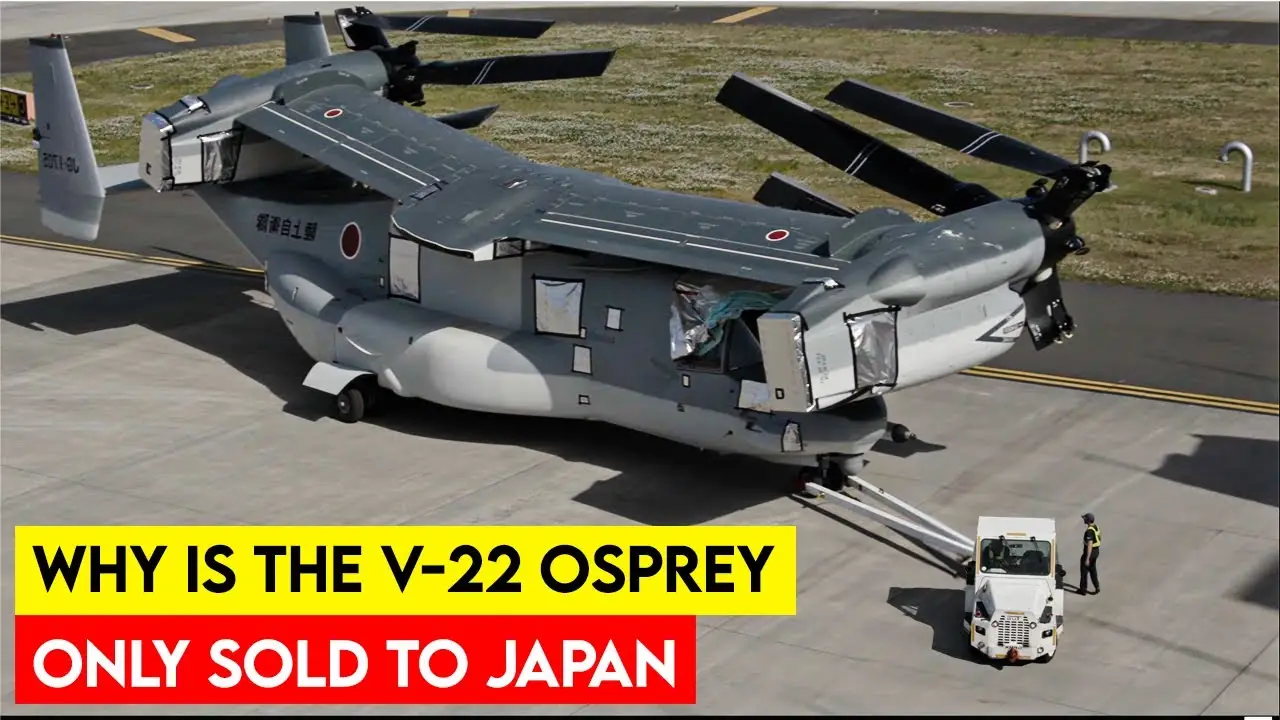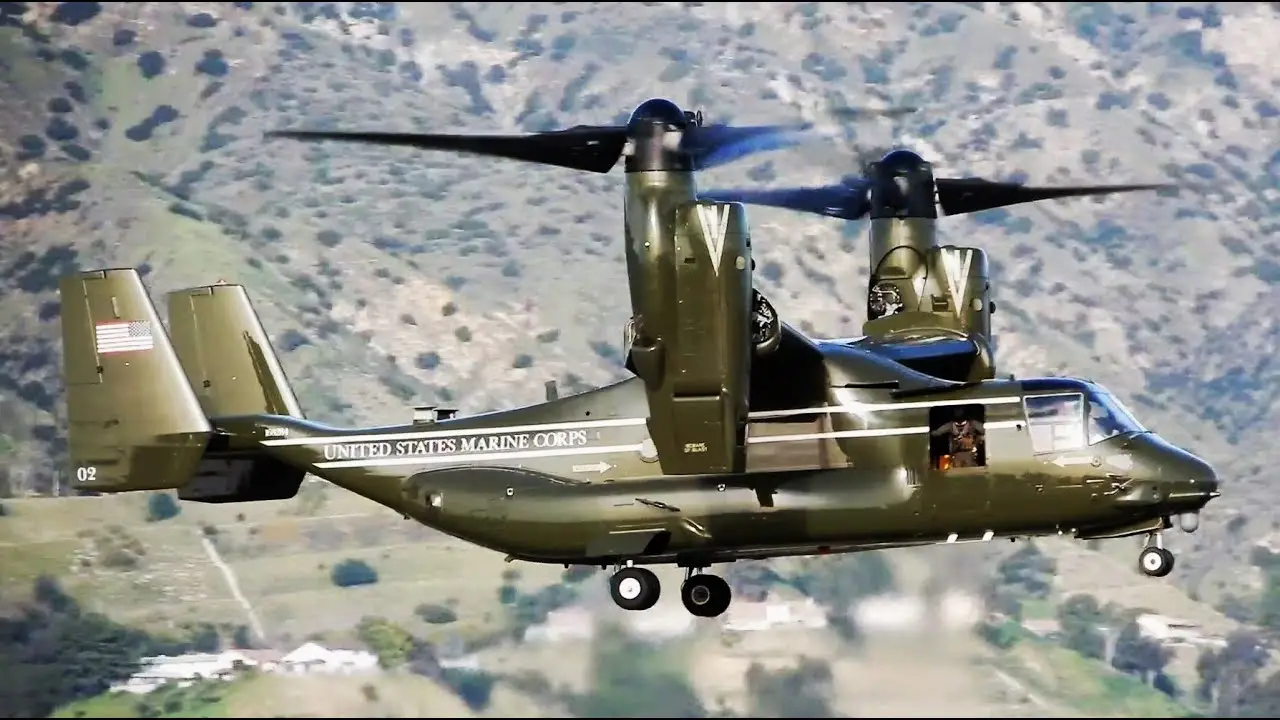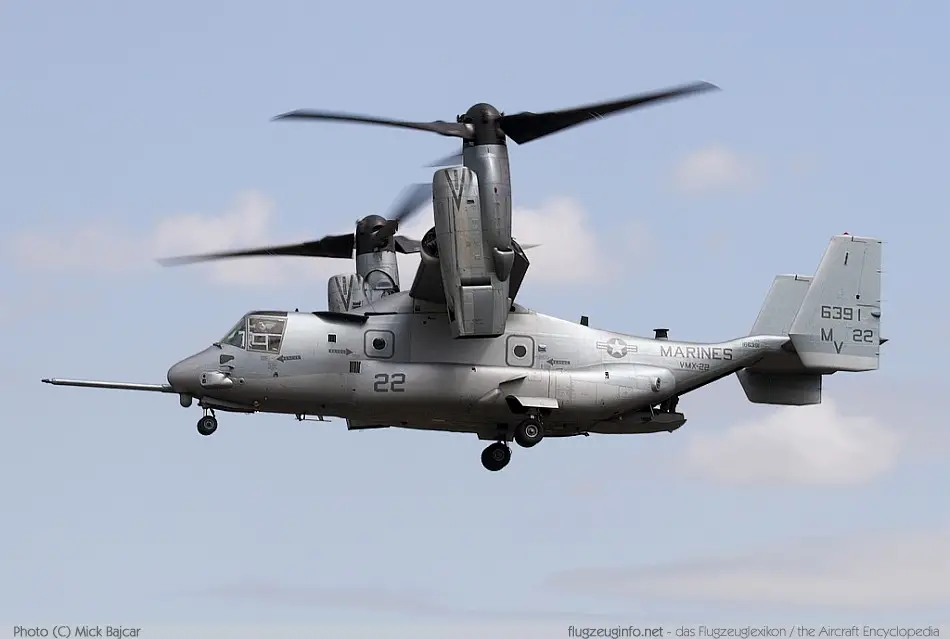The MV-22 Osprey Revolutionizing Air Transport

The MV-22 Osprey is a unique aircraft that has revolutionized air transport in both military and civilian applications. With its ability to take off and land like a helicopter, but fly like a fixed-wing aircraft, the Osprey has opened up new possibilities for transportation and operations. In this blog post, we will delve into the history, design, performance, applications, maintenance, safety, and future developments of the MV-22 Osprey.
Introduction to the MV-22 Osprey
The MV-22 Osprey is a tiltrotor aircraft developed by Bell Helicopter and Boeing for the United States Marine Corps (USMC). It is a multi-mission, medium-lift, vertical takeoff and landing (VTOL) aircraft that can carry troops, equipment, and supplies over long distances. The Osprey combines the vertical lift capability of a helicopter with the speed and range of a fixed-wing aircraft, making it a versatile and efficient mode of transportation.
The idea for the Osprey was first conceived in the 1950s, but it wasn’t until the late 1980s that the USMC began actively pursuing the development of a tiltrotor aircraft. After several years of testing and modifications, the MV-22 Osprey was officially introduced into service in 2007. Since then, it has been used extensively in various military operations and has also gained interest from civilian organizations.
History of the MV-22 Osprey
Development and Testing
The development of the MV-22 Osprey began in the late 1980s when the USMC issued a request for proposals for a new VTOL aircraft. Bell Helicopter and Boeing joined forces to create a prototype that could meet the requirements set by the USMC. The first flight of the prototype took place in 1989, and it was followed by years of testing and modifications.
One of the major challenges during the development phase was the issue of safety. The Osprey’s unique design and complex technology raised concerns about its reliability and stability. In 1991, a crash during a test flight resulted in the deaths of seven people, which led to a temporary halt in the program. However, after extensive investigations and improvements to the aircraft, the program was resumed.
Introduction into Service
After years of testing and modifications, the MV-22 Osprey was finally introduced into service in 2007. It replaced the aging CH-46 Sea Knight helicopter and became the primary assault support aircraft for the USMC. The Osprey’s speed, range, and versatility made it a valuable asset for military operations, and it quickly gained recognition for its capabilities.
Since its introduction, the Osprey has been used in various military operations, including combat missions in Iraq and Afghanistan. It has also been deployed for humanitarian aid and disaster relief efforts, showcasing its versatility and adaptability in different situations.
Design and Features of the MV-22 Osprey
The MV-22 Osprey is a unique aircraft that combines the features of a helicopter and a fixed-wing aircraft. Its design allows it to take off and land vertically like a helicopter, but once airborne, it can rotate its engines to fly like a conventional airplane. This tiltrotor technology gives the Osprey its signature appearance and sets it apart from other aircraft.
Tiltrotor Technology
The Osprey’s tiltrotor technology is what makes it stand out from other aircraft. It consists of two large rotors mounted on each wing, which can be tilted up or down depending on the mode of flight. When taking off or landing, the rotors are in a vertical position, providing the necessary lift for the aircraft. Once airborne, the rotors are tilted forward to provide thrust, allowing the Osprey to fly like a fixed-wing aircraft.
This tiltrotor technology gives the Osprey several advantages over traditional helicopters. It can fly faster and farther, with a maximum speed of 316 knots (578 km/h) and a range of 1,011 nautical miles (1,871 km). It also has a higher payload capacity, with the ability to carry up to 24 troops or 20,000 pounds (9,072 kg) of cargo.
Cockpit and Avionics
The cockpit of the MV-22 Osprey is designed for two pilots, with advanced avionics and flight controls. The pilots have access to a wide range of systems and displays, including a digital map, navigation systems, and mission planning tools. The cockpit is also equipped with a heads-up display (HUD) that provides critical flight information in the pilot’s line of sight.
The Osprey’s avionics system includes a fly-by-wire flight control system, which uses electronic signals instead of mechanical linkages to control the aircraft’s movements. This system allows for smoother and more precise flight control, making the Osprey easier to handle in different flight conditions.
Performance and Capabilities of the MV-22 Osprey
The MV-22 Osprey has impressive performance capabilities that make it a valuable asset for both military and civilian operations. Its unique design and features allow it to perform a wide range of missions, from troop transport to aerial refueling.
Vertical Takeoff and Landing
One of the most significant advantages of the Osprey is its ability to take off and land vertically. This feature allows it to operate in confined spaces, such as small landing zones or on ships. It also eliminates the need for long runways, making it suitable for use in remote or undeveloped areas.
High Speed and Range
The Osprey’s tiltrotor technology gives it the ability to fly at high speeds and cover long distances. It can reach a maximum speed of 316 knots (578 km/h), which is significantly faster than traditional helicopters. Its range of 1,011 nautical miles (1,871 km) also allows it to travel further without the need for refueling.
Versatility and Adaptability
The Osprey’s versatility and adaptability make it a valuable asset for various missions. It can be configured for different roles, such as troop transport, cargo transport, aerial refueling, and search and rescue. This flexibility makes it a cost-effective option for military operations, as it can replace multiple aircraft with just one.
Military Applications of the MV-22 Osprey
The MV-22 Osprey has been primarily used by the USMC for military operations, but it has also gained interest from other branches of the military and foreign countries. Its unique capabilities have made it a valuable asset in various missions, including combat, humanitarian aid, and disaster relief.
Combat Missions
The Osprey has been deployed in combat missions in Iraq and Afghanistan, where its speed and range have proven to be crucial. It has been used for troop transport, resupply missions, and casualty evacuation, providing support to ground troops in remote and hostile areas. Its vertical takeoff and landing capabilities have also allowed it to operate in confined spaces, making it an essential asset in urban warfare.
Humanitarian Aid and Disaster Relief
The Osprey has also been used for humanitarian aid and disaster relief efforts, both domestically and internationally. Its ability to transport large amounts of supplies and personnel quickly has made it a valuable asset in responding to natural disasters and humanitarian crises. In 2013, the USMC deployed Ospreys to the Philippines to assist with relief efforts after Typhoon Haiyan, showcasing its versatility and adaptability in emergency situations.
Other Military Applications
Apart from combat and humanitarian missions, the Osprey has also been used for other military applications. It has been used for aerial refueling, providing support to other aircraft during long-range missions. It has also been used for special operations, such as inserting and extracting troops in remote areas. The Osprey’s unique capabilities have expanded the possibilities for military operations and have made it a valuable asset for the USMC and other branches of the military.
Civilian Uses of the MV-22 Osprey
While the MV-22 Osprey was primarily developed for military use, it has also gained interest from civilian organizations. Its speed, range, and versatility make it a valuable asset for various civilian applications, including search and rescue, disaster relief, and commercial transport.
Search and Rescue
The Osprey’s vertical takeoff and landing capabilities make it an ideal aircraft for search and rescue operations. It can quickly reach remote or inaccessible areas, making it suitable for responding to emergencies and natural disasters. In 2018, the Japan Ground Self-Defense Force acquired several Ospreys for search and rescue missions, highlighting its potential for civilian use.
Disaster Relief
Similar to its use in military operations, the Osprey has also been used for disaster relief efforts by civilian organizations. Its ability to transport large amounts of supplies and personnel quickly makes it an essential asset in responding to natural disasters and humanitarian crises. In 2017, the Federal Emergency Management Agency (FEMA) used Ospreys to deliver aid to Puerto Rico after Hurricane Maria, demonstrating its potential for civilian disaster relief.
Commercial Transport
The Osprey’s speed and range have also caught the attention of commercial airlines. In 2015, the first commercial flight using an Osprey took place in Japan, transporting passengers from Tokyo to Izu Oshima Island. The Osprey’s ability to take off and land in confined spaces and its high speed make it a viable option for commercial transport in remote or island locations.
Maintenance and Upkeep of the MV-22 Osprey
Like any other aircraft, the MV-22 Osprey requires regular maintenance and upkeep to ensure its safety and performance. However, due to its unique design and technology, the Osprey has specific maintenance requirements that differ from traditional helicopters and fixed-wing aircraft.
Maintenance Challenges
One of the main challenges with maintaining the Osprey is its tiltrotor technology. The complex system of gears, shafts, and bearings that allow the rotors to tilt requires specialized training and equipment for maintenance. This adds to the cost and time required for maintenance, making it a significant challenge for operators.
Another challenge is the Osprey’s size and weight. It is a large and heavy aircraft, which makes it difficult to transport and maneuver during maintenance. Specialized equipment and facilities are needed to support the Osprey’s maintenance, adding to the overall cost of ownership.
Maintenance Procedures
The Osprey’s maintenance procedures are divided into two categories: airframe maintenance and engine maintenance. Airframe maintenance includes inspections, repairs, and replacements of structural components, while engine maintenance involves the inspection and repair of the engines and related systems.
Due to the complexity of the Osprey’s tiltrotor technology, regular inspections and maintenance are crucial to ensure its safe operation. The USMC follows a strict maintenance schedule, and all maintenance personnel undergo extensive training to ensure the aircraft’s safety and reliability.
the F-35B Lightning II Everything You Need to Know
Safety and Controversies Surrounding the MV-22 Osprey
The MV-22 Osprey has faced several controversies and safety concerns since its development. Its unique design and technology have raised questions about its reliability and safety, leading to debates and criticisms.
Safety Concerns
One of the main safety concerns surrounding the Osprey is its tiltrotor technology. Critics argue that the complex system of gears and shafts increases the risk of mechanical failure, which could result in accidents. However, the USMC has stated that the Osprey’s safety record is comparable to other aircraft, and it has undergone extensive testing and improvements to address any potential issues.
Another concern is the Osprey’s size and weight, which some argue make it more vulnerable to enemy fire. However, the Osprey’s speed and maneuverability make it less susceptible to attacks, and it has been successfully used in combat missions without significant losses.
Controversies
The Osprey has also faced controversies related to its development and cost. The program has been criticized for its delays, technical problems, and high costs, with some calling for its cancellation. However, the USMC has defended the program, stating that the Osprey’s capabilities and performance justify its cost.
Another controversy surrounding the Osprey is its use in civilian applications. Some have argued that the Osprey should not be used for commercial transport due to safety concerns. However, others believe that the Osprey’s unique capabilities could bring significant benefits to civilian operations.
Future Developments for the MV-22 Osprey
Despite the controversies and challenges, the MV-22 Osprey continues to evolve and improve. The USMC is constantly working on upgrades and modifications to enhance the Osprey’s capabilities and address any issues that may arise.
Block C Upgrade
The latest upgrade for the Osprey is the Block C configuration, which includes improved avionics, communications, and navigation systems. It also features a new weather radar and enhanced situational awareness for the pilots. The Block C upgrade is expected to be completed by 2024 and will further improve the Osprey’s performance and capabilities.
Future Developments
The USMC is also looking into future developments for the Osprey, including a potential unmanned version. The Marine Corps Warfighting Laboratory has been conducting tests on an unmanned Osprey, which could be used for resupply missions and other operations that may be too dangerous for manned aircraft.
There have also been discussions about developing a larger variant of the Osprey, known as the V-280 Valor. This aircraft would have a greater payload capacity and range, making it suitable for long-range missions and heavy lift operations.
The Power of Strong Artificial Intelligence Exploring Its Impact on Society
Conclusion: The Impact of the MV-22 Osprey
In conclusion, the MV-22 Osprey has revolutionized air transport with its unique design and capabilities. Its ability to take off and land vertically, fly at high speeds, and cover long distances has expanded the possibilities for military and civilian operations. Despite facing controversies and challenges, the Osprey continues to evolve and improve, and its impact on air transport is undeniable. With ongoing upgrades and potential future developments, the Osprey’s role in transportation and operations will only continue to grow.

